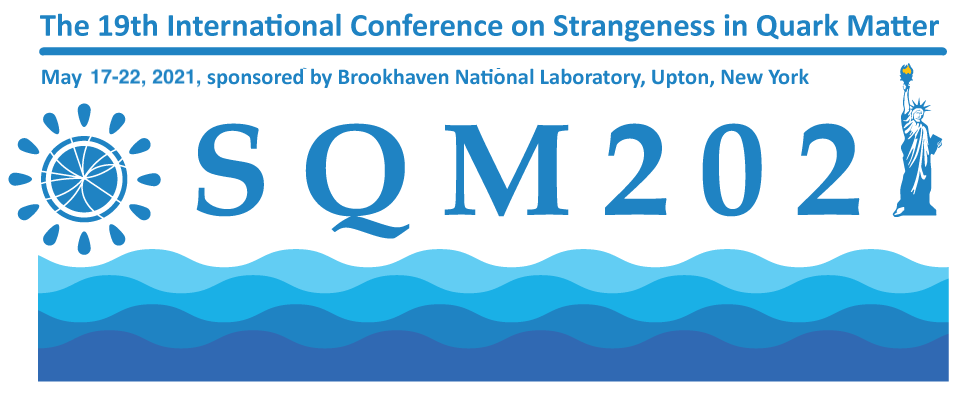Speaker
Description
In this contribution, we present the latest measurements of $\Lambda_\mathrm{c}^+$, $\Xi_\mathrm{c}^{0,+}$, $\Sigma_\mathrm{c}^{0,++}$, and the first measurement of $\Omega_\mathrm{c}^0$ baryons performed with the ALICE detector at midrapidity in pp collisions at $\sqrt{s}=5.02$ and 13 TeV. Recent measurements of charm-baryon production at midrapidity by the ALICE Collaboration in small systems show a baryon-over-meson ratio significantly higher than that in $\mathrm{e^+e^-}$ collisions, suggesting that the fragmentation of charm is not universal across different collision systems. Thus, measurements of charm-baryon production are crucial to study the charm quark hadronisation in proton--proton collisions and its difference with respect to $\mathrm{e^+e^-}$ collisions, which is relevant also for the description the heavy-flavour mesons. In fact, the production cross sections of open heavy-flavour mesons are typically described within the factorisation approach as the convolution of the parton distribution functions of the incoming protons, the perturbative QCD partonic cross section, and the fragmentation functions which are typically parametrised from measurements in $\mathrm{e^+e^-}$ collisions. The results will be compared to predictions from Monte Carlo event generators and theoretical calculations based on the statistical hadronisation model and on the hadronisation via coalescence.
Furthermore, the new $\Lambda_\mathrm{c}^+/\mathrm{D}^0$ ratio measured down to $p_\mathrm{T}=0$ in p-Pb collisions as well as the nuclear modification factor $R_\mathrm{pPb}$ will be discussed. The measurement of charm baryons in p-nucleus collisions provides important information about Cold Nuclear Matter (CNM) effects and to understand how the possible presence of collective effects could modify production of heavy-flavour hadrons and the similarities observed among pp, p-nucleus and nucleus-nucleus systems. The results will be compared to models including CNM effects as well as ones assuming the formation of a quark-gluon plasma in p-Pb collisions.
| Collaboration | ALICE |
|---|
